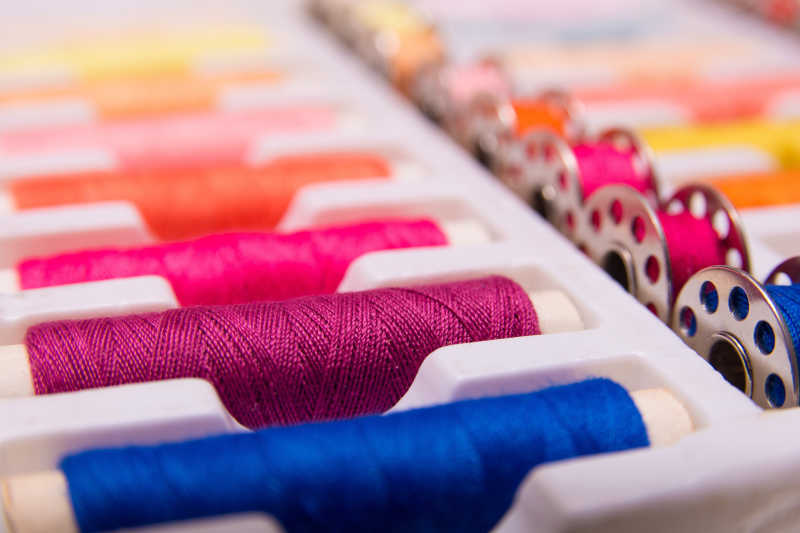How can textile defoamers ensure good dye compatibility during the dyeing process?

It is crucial to ensure good dye compatibility during the dyeing process of textile defoamers, as incompatible defoamers may react with dyes or other chemical additives, affecting the dyeing effect and product quality. To ensure good dye compatibility, the following aspects can be considered and addressed:
Firstly, it is necessary to have a detailed understanding of the chemical properties, solubility, and reactivity of the dyes used. This helps in selecting compatible defoamer types. Choose a suitable defoamer based on the characteristics of the dye. For example, for dyes with high sulfur content and easy to produce foam, such as sulfur black, silicone defoamer with high temperature resistance, acid and alkali resistance and good defoaming effect can be selected. In some cases, a single type of defoamer may not meet all requirements. At this point, it is possible to consider combining multiple types of defoamers to achieve better dye compatibility and defoaming effects.
Before actual production, a small sample test should be conducted to mix the selected defoamer with the dye in a certain proportion, and observe whether chemical reactions, color changes, or precipitation occur. Evaluate the dyeing effect through small-scale experiments, including uniformity, color fastness, and shade, to ensure that the use of defoamers does not have a negative impact on the dyeing effect. Based on the experimental results, optimize and adjust the type and dosage of defoamers to achieve the best dye compatibility and dyeing effect.
The timing of adding defoamers is also crucial during the dyeing process. Generally, defoamers should be added at the beginning of dye dissolution or early stages of dyeing to ensure that they can fully function and avoid reacting with the dye. The dosage of defoamer needs to be accurately controlled. Too little defoamer may not effectively eliminate foam, and too much defoamer may affect the stability and dyeing effect of dyes. Therefore, adjustments should be made according to the actual situation to achieve the best results. The stirring intensity can also affect the effectiveness of defoamers and dye compatibility. Excessive stirring may produce more foam and accelerate the consumption of defoamer; Insufficient stirring may lead to uneven dispersion of the dye. Therefore, the appropriate mixing intensity should be selected according to the process requirements.
Choose defoamers that meet environmental requirements to ensure that they do not cause pollution or harm to the environment during use. Pay attention to the safety of defoamers, ensuring that they are harmless to the human body and comply with relevant safety standards.
In summary, ensuring good dye compatibility during the dyeing process of textile defoamers requires consideration and operation from multiple aspects, such as selecting appropriate defoamer types, conducting compatibility testing, controlling usage conditions, and paying attention to environmental protection and safety. Only in this way can we ensure the smooth progress of the dyeing process and the stable improvement of product quality.

 English
English
 Chinese
Chinese Vietnamese
Vietnamese
 HOME
HOME
 PRODUCT
PRODUCT
 NEWS
NEWS
 CONTACT
CONTACT


